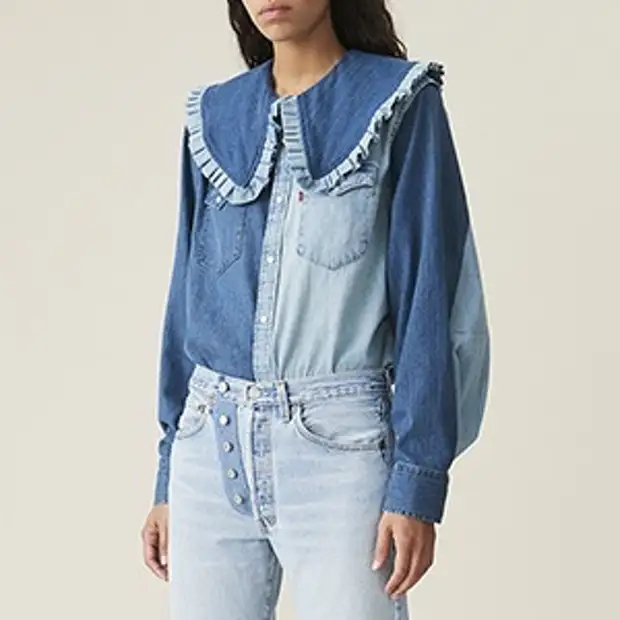
Any fashion trend is always a response. on what is happening in the world. So, at present, on the background of growth in the awareness of consumption and production, the interest in patchwork, or patchwork sewing, in the design of clothing began to increase. We understand how it is connected.
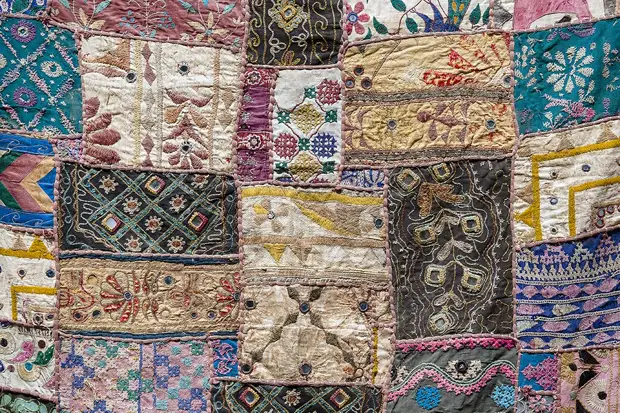
Why it all started
History does not report exact dates, when the patchwork sewing appeared, But it can be assumed that this technique is the same ancient as weaving itself. To the technical revolution, Textiles was much more value than now: its production was labor-intensive, and transportation to other regions - long and inadequate. Therefore, the use of each fragment of the fabric was natural. The general practicality of the approach explains why Patchwork existed in different parts of the world - whether it was a Russian depth, where they tried to apply even small pieces of nassengerous clothes in the economy, or the American North, where the technique of Loskutok to the Clamp came along with migrants from the old world and grew up Whole culture of local needlework. It is noteworthy that in these parts remote apartments of the fabric cutting were used mainly for the manufacture of household items, such as famous American quilt or Russian patchwork mats; While in Japan, the Boro technique, used in the poorest segments of the population, served for restoration and even creating clothing items.
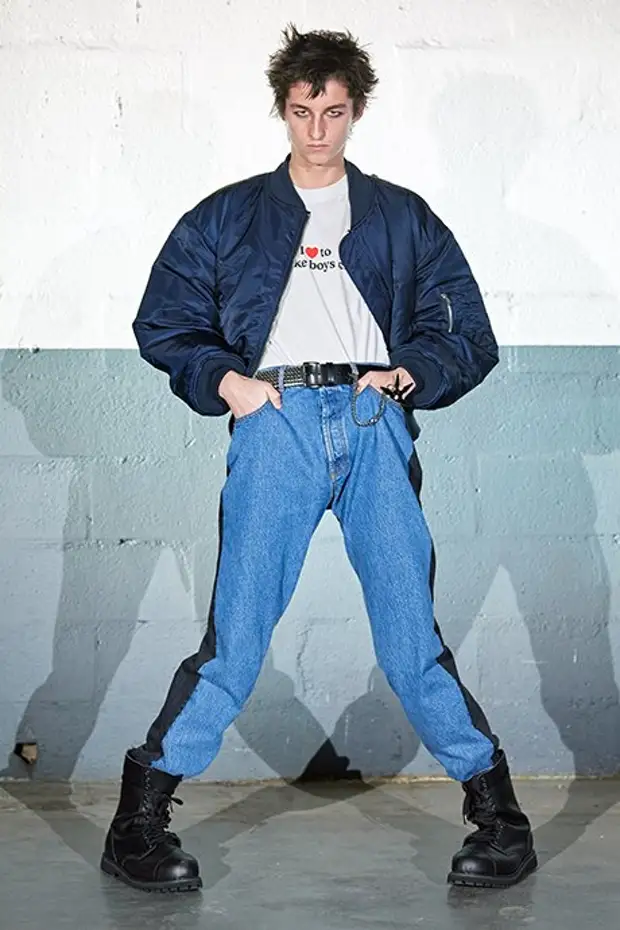
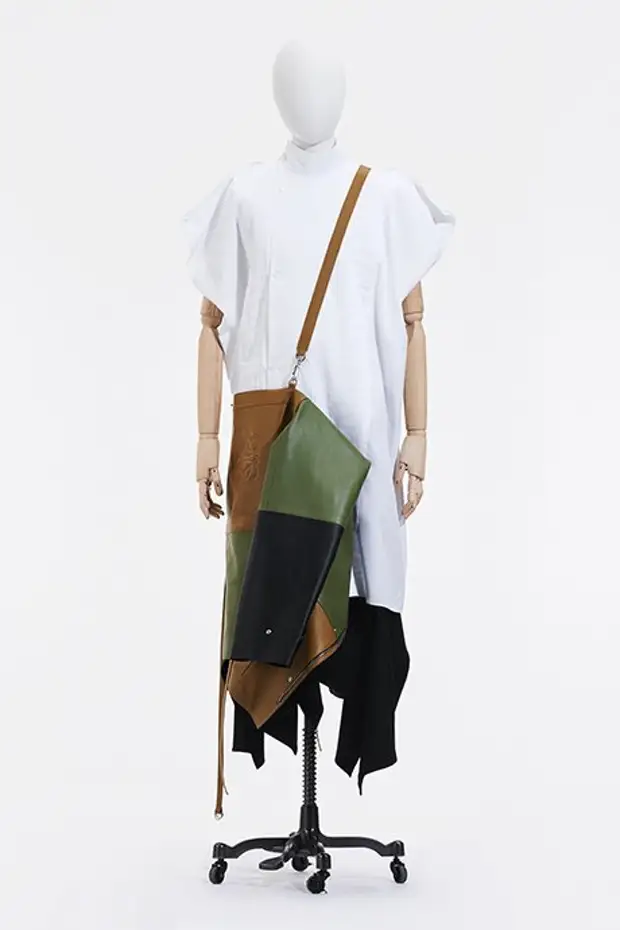
How Patchwork returned to the fashion due to local brands
The increasing popularity of Patchworks today is due to both the trend of ethical production, as well as interest in pristine manual technicians who make clothes more "real." More and more local brands, especially those who produce their belongings with tiny circulations, resorts to use Vintage Materials or Second Hand Products (We had an article on this topic), which are broken, are thermally processed and serve to make new things. And when the fabric is a bit, when it is rare and special, found in the grandmother's chest or on the flea market, it must be used as rationally as possible. And here the idea of a combination of materials works well: from fragments of different fabrics, as from the designer, you can collect one-sole or somewhat similar, but, of course, not absolutely identical things.
The first experiments of Ksenia Schneider with a used Dhenim's use looked like Omager Martin Marthele, who in the 1990s also worked a lot with second-hand: for him it was the opposition to the "right" fashion of those years with expensive luxurious fabrics. But afterwards mosaic of blue and blue denim fragments, Kseniaschnaider handwriting and philosophy based on the use of predominantly recycled materials were identified. In a recent capsule collection, not only pieces of jeans are collected; From scraps of white cotton, including delicately embroidered, shirts and dresses. About the work of Schneider and her team recalled the recent collaboration of the Scandinavian Ecoriented Ganni label with the LEVI's brand. Things from this line, which was decided not to sell, and rent, made from different pieces of Denim.
The interaction of large brands with niche brands means that the aesthetic and ethical principles of the latter will receive a wide publicity - which is happening now. Next for Ganni and Levi's cooperation announced the MatchesFashion retailer and the SSōne London brand (in favor of his economicality, the fact of planting a tree for each order sent). To create a collection from secondary textiles - in which there is a stunning jacket-shirt made of hand-held shoes, and picturesque jeans with pop-bias - Ssōne attracted British non-profit organization FabricWorks, training unemployed women.

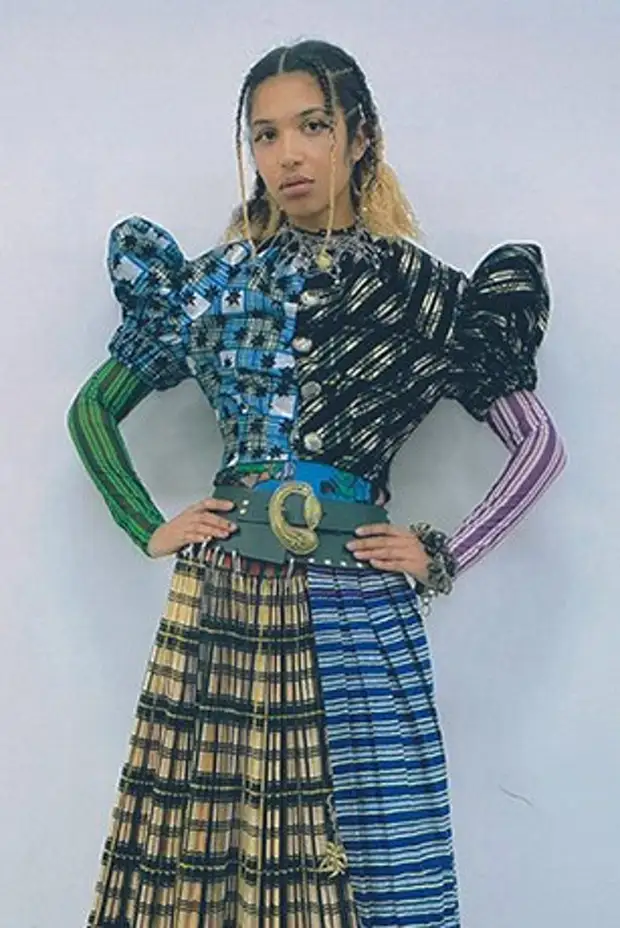
Brand Rave Review from Stockholm, founded in 2017 Josephine Bergquist and Libya Schyuk and has time to get into the list of semifinalists of the prestigious prize LVMH Prize, is initially based on the idea of using recycled materials. "We cooperate with companies that sort used clothing and textiles for us - Approved designers in one of their interviews. - The design process is often starting with the materials, we draw inspiration in the markets of used things and in antique stores. " And this is an important point that affects the development of clothing design now: more and more local designers are considered to be correct to work with existing materials and adjust their ideas for them, rather than creating clothes from scratch. In the same way, our great-grandmothers acted - the collected Loskutka suggested them with the idea of an ornament or even a concrete thing.
American Emily Bode tells in detail in his interview, where and how it produces materials for collections: traveling, on flea markets and in direct communication with textile treasure owners lying in the chests to decades. "I like to listen to the story of each of the fabric or antiques found," - She says. Bode brand became known first of all thanks to jackets and shirts made of ready-made American patchwork blankets, and this is the case when Patchwork looks extraordinarily modern and exciting. In such work, there is an obvious and respect for the work of unknown masters, and the desire to preserve what was carefully created for many years ago, and admiration for drawings and textures that are no longer repeated in modern tissues, and genuine love for textiles, clothes, craft.
Nectari Kuun grew up in Greece, in a creative environment and a close connection with his native culture; Having graduated in the field of clothing design, she opened a vintage store. Each of this fact of its biography explains the aesthetics of the Rianna + Nina brand, which she founded with her friend Nina Kneutt in Berlin. In addition to expensive silk dresses with bright ethnic prints, they have one-of-a-kind (eng. "The only one in your own". - Approx. Ed.) Products sewn from pieces of vintage tissues, including using vintage embroidery. To collect such a patchwork palette, it is necessary for a good artistic one - and it has the authors of the collections. Not so long ago, Vogue.com spoke about the American designer of Nigerian origin Sarah Nsikak. In 2014, she began to create clothes using textile waste, and at the end of last year launched La Réunion label, named after Madagascar. Inspiration for the creation of dresses were women from the Heroro tribe, which was almost destroyed during the colonial wars. Having survived these wars, Heroo adapted and put the patchwork dresses in the style, which oppressors we wore, - in the sign of the uprising. "For me, their dresses have always been a sign of incredible durability and perseverance," - Commented on Nsikak.
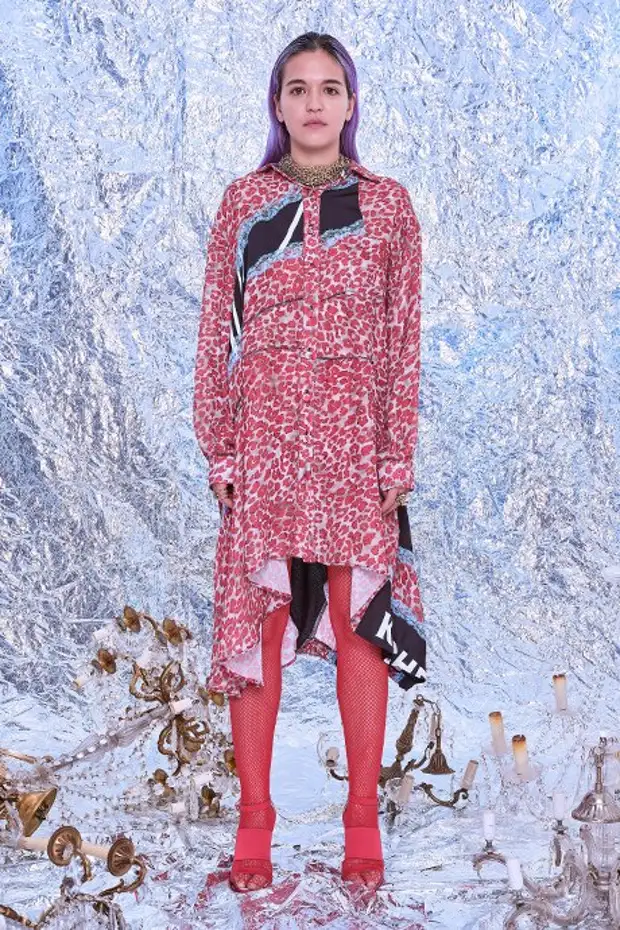
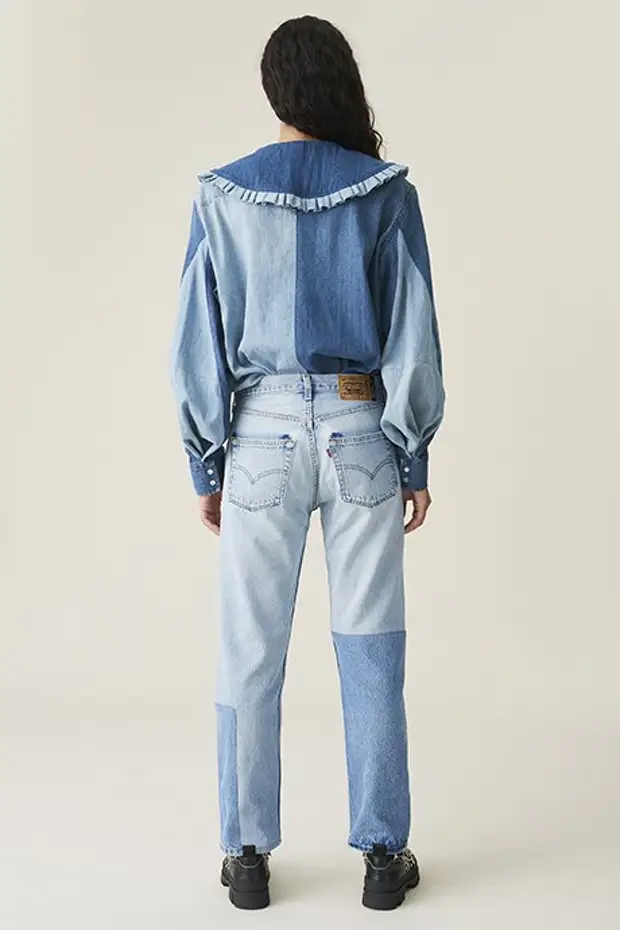
Why Patchwork became especially popular during quarantine
Interest in handickeement noticeably came to life during pandemic restrictions: someone sitting at home, mastered a new hobby, and someone, without having access to shops with tissues, began to sew from what was in stocks. It was during this period that Didjital-gloss began to write about Charlotte Rose Kirkham, an artist with a mathematical formation from London, known under the Rua Carlota label. Charlotte gives the second life of the used knitted things, cuts them into parts and collects anew on Overlock, using contrasting threads to fasten. Each of these unusual products is created for the Nativity and therefore unique; It is pure creativity, which, however, has a commercial success. Closed borders, the abolition of textile exhibitions and revenue decline forcing many designers to revise relationships with tissues: if there is no possibility to go, see something new, then you have to squeeze the maximum creative energy from what is at hand, including from residues and Trimming.As a tendency support big brands
However, the trend built on respect for textiles often manifests itself formally: Simulation of Patchwork in the form of printed fabric printed Actively used in the 1970s, and the 1990s, and in our days it serves as a constant of many brands of bohemian romance like Chloé or Etro. This year, the Spring Collections of Celine, Koche, Missoni, Vetements, Loewe, Marc Jacobs, Gucci have been aburchased by examples of Patchwork - or his imitation - which is well illustrated, as designers know how to feel the designers, because these collections were created before the pandemic vacuum, and before The current boom on the processed materials. The clothing that meets the Trend on the Patchwork Technology is in the current Autumn Collections of Marine Serre, Christopher Kane, Marni, Tod's, Alexander McQueen, Chopova Lowena (another brand, who has made a name on the inspiration of the historical heritage and the use of vintage materials). But far from all brands that produce clothing with standard circulations use patchwork as a way to save textile residues remaining after cutting or deposited in warehouses. For many designers, it is still just a decorative reception, which again entered the fashion.

